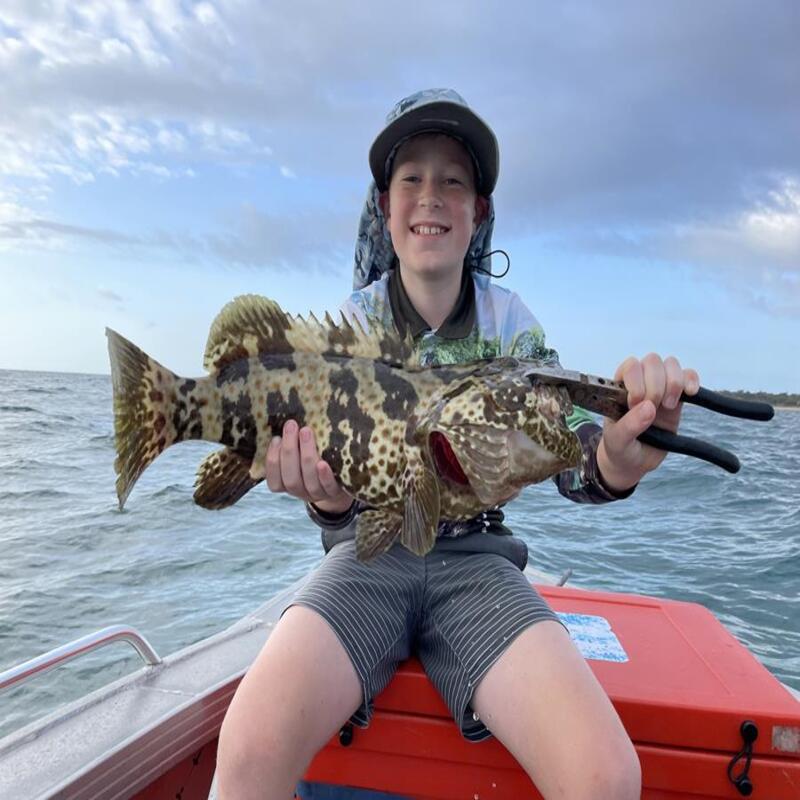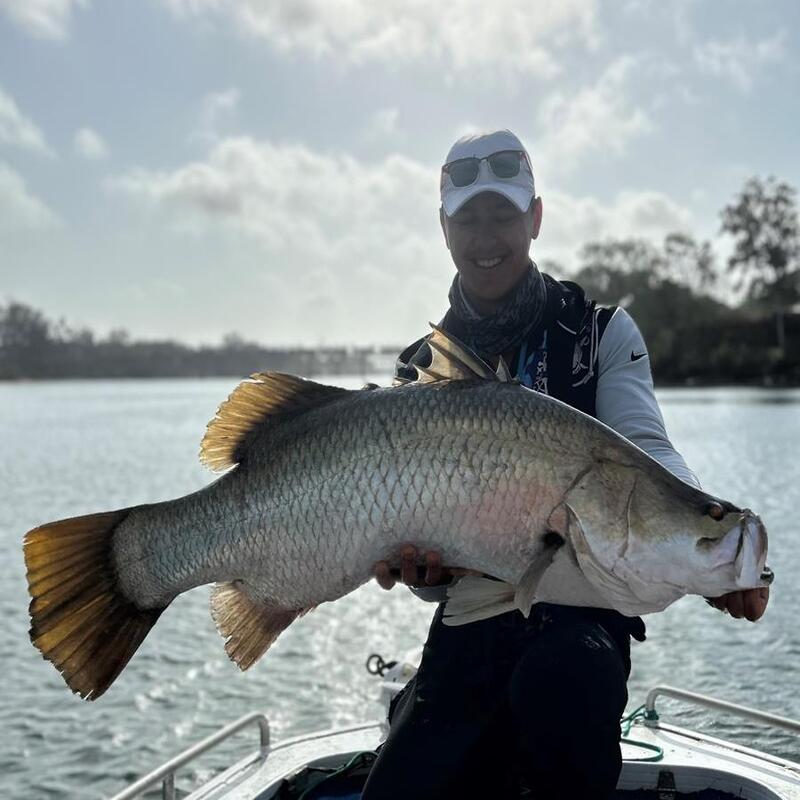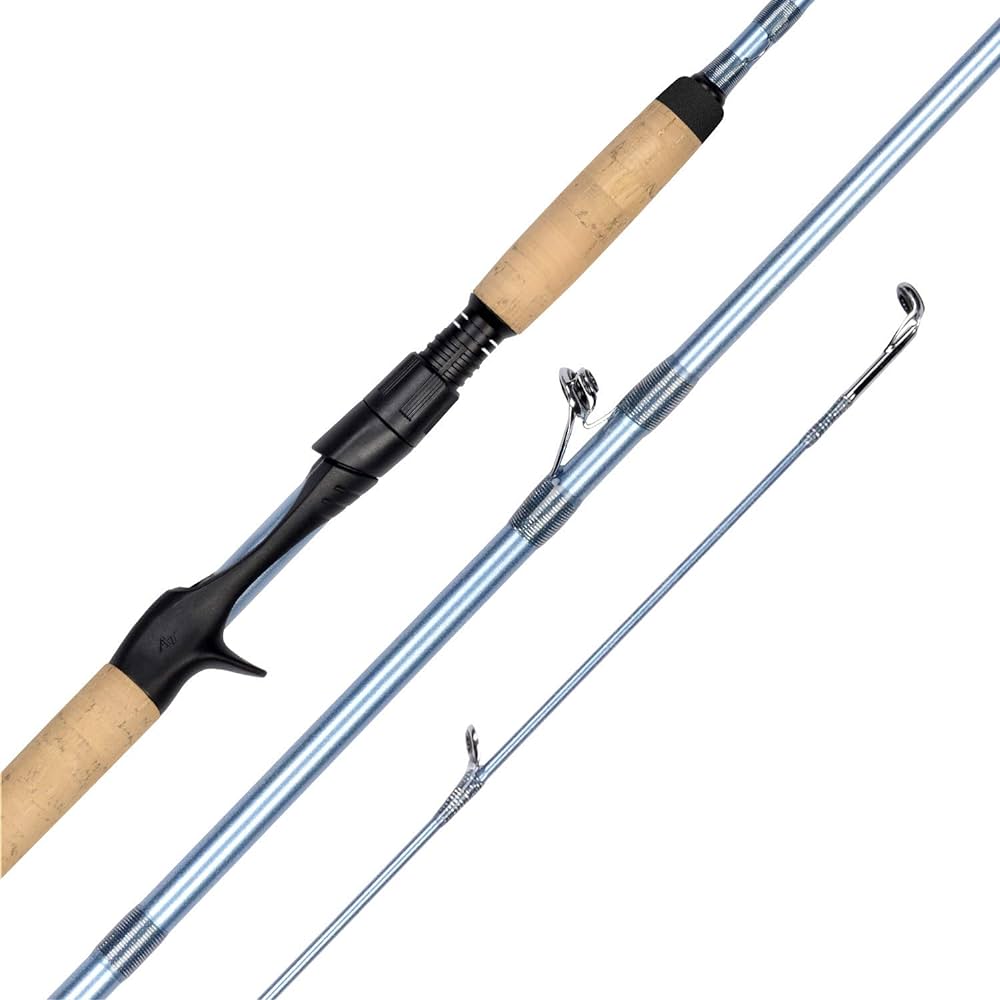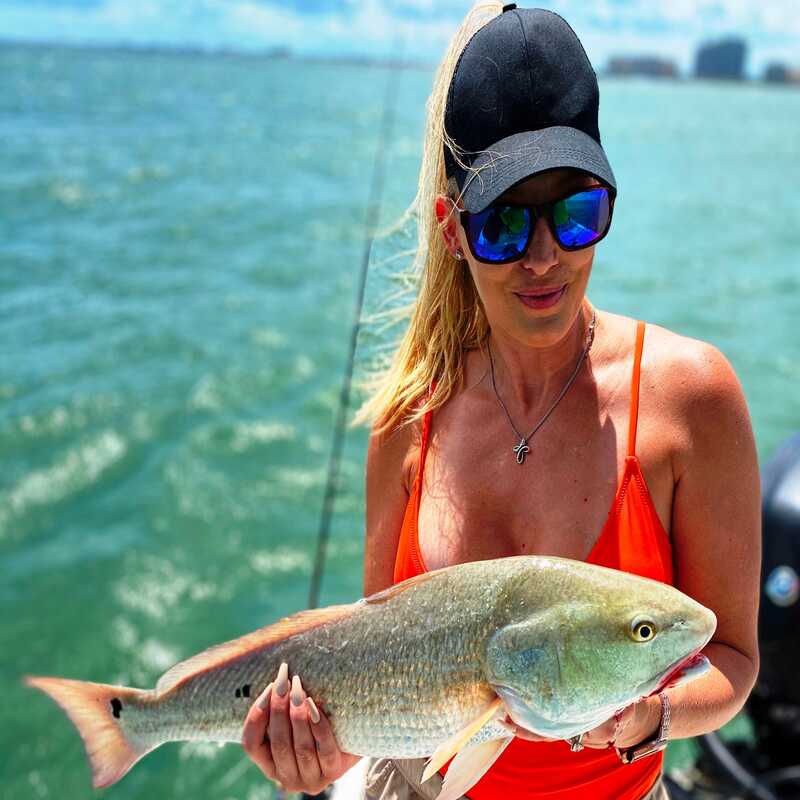Introduction to California Fishing Licenses
California’s waters beckon anglers with varied and abundant fish species. To fish legally in the state, anyone aged 16 and over must obtain a fishing license. These licenses are crucial, as the funds collected support fishery management, habitat restoration, conservation education, and other important wildlife initiatives. Depending on where and what you plan to fish, you may need different types of licenses or permits. In this section, we will explore the various fishing licenses available in California, their costs, and the process to purchase them. Moreover, we’ll look into discounts and free licenses for eligible anglers, as well as additional permits required for certain areas or fish species. Understanding these requirements will ensure a hassle-free fishing experience whilst contributing to the long-term sustainability of California’s aquatic resources.
Understanding the Types of Fishing Licenses Available
When it comes to fishing in California, knowing the available license options is key. The type of license you’ll need can vary, depending on a few factors including your age, residency status, and your fishing plans. Whether you’re a California resident or a visitor, there’s an option tailored for your fishing adventure. Here’s a simple breakdown to help you understand the types of licenses available:
- Annual Licenses: These are ideal if you fish frequently. They are valid from January 1st through December 31st each year.
- Short-term Licenses: Perfect for visitors or occasional fishers. Options include one-day, two-day, and ten-day licenses.
- Lifetime Licenses: A great investment if you’re a dedicated angler planning to fish for years to come.
- Free and Reduced-Fee Licenses: Available for qualifying groups such as low-income seniors, disabled veterans, and others.
- Special Permits and Report Cards: Necessary for certain species and areas.
Each license type ensures that you contribute to the conservation of California’s rich aquatic ecosystems while enjoying your fishing experience.

Detailed Pricing for California Fishing Licenses
The cost of a fishing license in California differs based on the license type. For avid anglers who fish year-round, annual licenses for residents cost $61.82 and $166.89 for non-residents. These licenses allow fishing from the date of purchase and are valid for 365 days.
Short-term licenses are ideal for temporary or infrequent fishers. A one-day sport fishing license is priced at $20.26, and a two-day option costs $31.06. For non-residents who plan to fish for a more extended period, a ten-day license is available for $61.82.
For those who see fishing as a lifelong passion, lifetime licenses can be a cost-effective option. The fees are age-dependent, with costs for children aged 0-9 at $679.75 and adults aged 10-39 at $1,112.00. The price for ages 40-61 is $1,001.75, and for those 62 and older, it’s $679.75.
Special discounted licenses are reserved for eligible anglers, like disabled veterans and recovering service members, costing around $9.98. Low-income seniors can access reduced-fee licenses at $9.53. Notably, certain groups, including low-income Native Americans and those with disabilities, may qualify for free licenses.
When planning to fish for specific species or in particular areas, additional permits or report cards may be necessary. Always check current regulations to ensure compliance and to support conservation through proper licensing.
Where and How to Purchase a California Fishing License
Purchasing a California fishing license is straightforward. You have several options to buy one depending on your preference. Here’s how you can get your hands on a license:
- Online: The quickest and most convenient way is through the California Department of Fish and Wildlife’s (CDFW) official website. Online, you can buy a license any time of the day.
- Local Agents: Many local sporting goods stores, outdoor retailers, and bait and tackle shops act as licensed agents. They can sell you a fishing license in person.
- CDFW Offices: You can visit CDFW offices across the state to purchase a license directly.
Choosing any method will require your personal information such as name, address, and date of birth. Remember, a valid form of identification is typically required. When fishing, always carry your license with you or keep it in a safe place where you can quickly present it if asked.
When purchasing short-term or annual licenses, additional fees may apply. These include a 5% handling fee and a 3% nonrefundable application fee. For a one-year license, consider the date you buy it, as it will be valid for 365 days from that date onward. If you lose your license or it gets damaged, you can request a duplicate, but this may come with a replacement fee.
For convenience, many anglers opt for online purchases, which offer immediate printing or digital licenses that can be stored on mobile devices.
Now that you know where and how to get a fishing license in California, you can plan your fishing trips without worry. Just pick the most convenient mode of purchase for you, and you’re all set.
Discounts and Free Licenses for Eligible Groups
California offers special license discounts and free fishing licenses to support various groups. These include veterans, low-income seniors, and individuals with disabilities.
Reduced-Fee Sport Fishing License – Disabled Veteran
Disabled veterans qualifying for this benefit can fish at a reduced-fee. If you’ve been honorably discharged and have a service-connected disability rated at 50% or more, you’re eligible. The reduced license cost is roughly $10, with an exact fee of $9.98 at CDFW Offices and $9.53 directly from License Agents.
Low-Income Seniors
If you’re a senior residing in California, earning a low income, and over the age of 65, you could get a discounted license. Starting January 1, 2022, those receiving Supplemental Security Income (SSI) or benefits as Aged, Blind, and Disabled Legal Immigrants (CAPI) can apply.
Free Licenses
Some anglers may be eligible for free licenses, offering considerable savings. This benefit applies to low-income Native Americans, the blind, mobility-impaired individuals, and those who are developmentally disabled. Qualifying for these licenses involves specific documentation proving eligibility.
Remember, while the cost savings are significant, all anglers must still obtain the necessary validations for certain species and areas. Whether you qualify for a reduced fee or a free license, you contribute to sustaining California’s fish populations. Licensing fees fund vital conservation and management efforts to ensure future fishing opportunities.

Additional Permits and Validations Required
Besides the basic California fishing license, certain situations call for additional permits and validations. Anglers planning to fish for particular species or in specific areas must be aware of these extra requirements to ensure complete legal compliance.
Species-Specific Report Cards
For those targeting steelhead, sturgeon, spiny lobster, or salmon in certain rivers, a corresponding report card is a must. Each fish type has a unique report card to help manage and protect these species.
Ocean Enhancement Validation
Anglers fishing in southern California ocean waters need an Ocean Enhancement Validation. This rule applies to those fishing south of Point Arguello, Santa Barbara County.
Second-Rod Validation
If you fish with two rods in inland waters, you need a Second-Rod Validation. Note that this doesn’t apply to ocean waters or when using barbless hooks or artificial lures only in certain waters.
North Coast Salmon Report Card
To take salmon in the Smith, Klamath, and Trinity systems, the North Coast Salmon Report Card is required.
Additional Validations
Depending on the location, other validations like the Recreational Crab Trap Validation may be necessary.
It’s important to check for updates on the CDFW website or with local license agents. Conditions can change, affecting what additional permits you may need. Acquiring the correct validations and cards goes beyond staying within the law; it supports vital research and conservation. Each validation provides valuable data for maintaining healthy fish populations across California.
Regulations and Considerations for California Fishing
Navigating the rules surrounding fishing in California is key to a lawful and enjoyable experience. California’s fishing regulations are set to manage fish populations sustainably and to ensure that fishing opportunities remain for future generations. Here’s what you need to keep in mind:
- Age Restrictions: All anglers aged 16 or older must have a valid fishing license.
- Species and Area Regulations: Specific fish species and areas may have unique restrictions, such as catch limits, gear requirements, or seasonal closures.
- Report Cards: Certain species, like salmon and steelhead, require a report card in addition to a basic license. These help track catch numbers and contribute to species management.
- Ocean Fishing: If you’re planning to fish in the ocean, particularly south of Point Arguello, you’ll need an Ocean Enhancement Validation.
- Inland Fishing: For those using two rods in inland waters, a Second-Rod Validation is required, though it’s not applicable in all waters.
- Catch and Release: Practice catch and release, especially in areas where fish populations are fragile or during off-seasons.
- Safety and Preservation: Always follow safe fishing practices and leave habitats undisturbed to preserve the aquatic environment.
- Stay Informed: Regulations can change, so it’s essential to keep up-to-date with the California Department of Fish and Wildlife notices.
By respecting these regulations, you help protect the diversity and abundance of California’s fishery resources. Remember, each angler’s compliance adds to the collective effort in conserving our natural aquatic heritage.

The Importance of Fishing License Fees for Conservation
The purchase of a California fishing license plays a critical role in safeguarding the state’s aquatic ecosystems. These fees directly contribute to several key conservation initiatives. Here’s a brief overview of how your fishing license fees support the environment and fish populations:
- Fishery Management: License fees fund efforts to sustainably manage fish stocks, ensuring they remain robust for future generations.
- Habitat Restoration: A portion of revenue aids in restoring fishing habitats, which is vital for maintaining healthy ecosystems.
- Research and Monitoring: Fees support research and monitoring programs that help manage fish species and habitats effectively.
- Educational Programs: Conservation education programs receive funding from license fees, promoting responsible fishing practices.
- Enforcement of Regulations: Licensing helps enforce fishing laws and regulations, protecting against overfishing and illegal activities.
In summary, every time an angler purchases a fishing license, they contribute to important conservation work. This not only benefits the fish and their habitats but also enhances fishing experiences for everyone. By investing in a license, you are investing in the future of California’s rich and diverse aquatic life.
